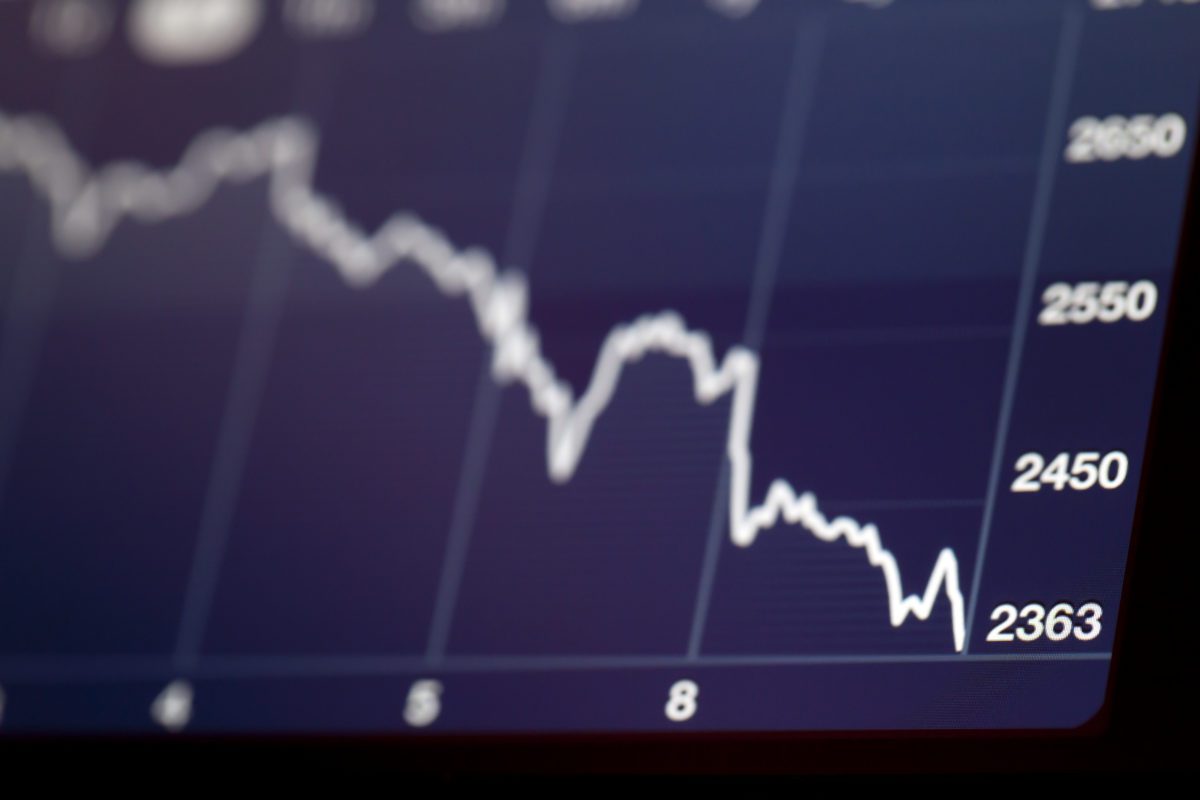Analysis On the Current Financial Situation
The current situation exposed the banking system due to poor liquidity in U.S. and European banks with poor profitability. The sudden increase in interest rates triggered the crisis. Although the outlook for financial institutions and markets remains murky, banking regulators are acting aggressively to stabilize the environment. The Canadian banks appear well positioned with high profitability and strong capital positions that make them relatively unique globally. The investors should focus on defensive, dividend-paying stocks, such as telecoms and utilities. Energy prices have already fallen, so the risk-reward in energy stocks is reasonable. Cash and similar short-term government securities remain attractive while waiting for additional signs of stability.
The events of the past weekend are not as bad as some will suggest. The Credit Suisse (CS) demise seems to be reasonably well handled, and the situation in the U.S. does not appear to have worsened. However, material risks remain, including the continued strain on bank liquidity until clarity develops. There is a risk of contagion as issues surface in less well-capitalized financial institutions, and the risks of a more difficult economic environment in the U.S. have increased.
In a financial crisis, the term “bailout” means different things to different stakeholders. Central banks are the lenders of last resort, and they provide liquidity in extreme circumstances, but they also need to ensure that someone pays for that liquidity. Equity holders, who accept incremental risk for incremental return, are typically the first investor to pay. The key issue of who loses, and how much one might lose is a balancing act that should ensure that losses are not “socialized,” and these losses do not challenge the entire economy
Could the Current Financial Crisis turn into 2008?
The 2008 financial crisis was caused by a combination of factors, including a housing market bubble, risky lending practices, and excessive speculation. The crisis led to a widespread credit freeze, a sharp decline in asset prices, and a recession in many countries.
Currently, the global economy is facing challenges due to the COVID-19 pandemic, geopolitical tensions, and supply chain disruptions. These factors have created some uncertainty in financial markets, and some sectors and industries have been hit harder than others.
However, central banks and governments have taken swift and decisive actions to support the economy, including cutting interest rates, providing fiscal stimulus, and implementing monetary policy measures. These actions have helped to stabilize financial markets and prevent a widespread credit freeze.
That being said, there are still some risks to the economy, including rising inflation, supply chain disruptions, and potential financial bubbles in certain sectors. If these risks escalate and the central banks and governments are unable to address them effectively, it could lead to a financial crisis similar to 2008.
While there are risks to the global economy, it is too early to say whether the current financial crisis will turn into another 2008-like scenario. It is imperative that continued monitoring of economic indicators and policy responses is essential to ensure stability in the financial markets.



























